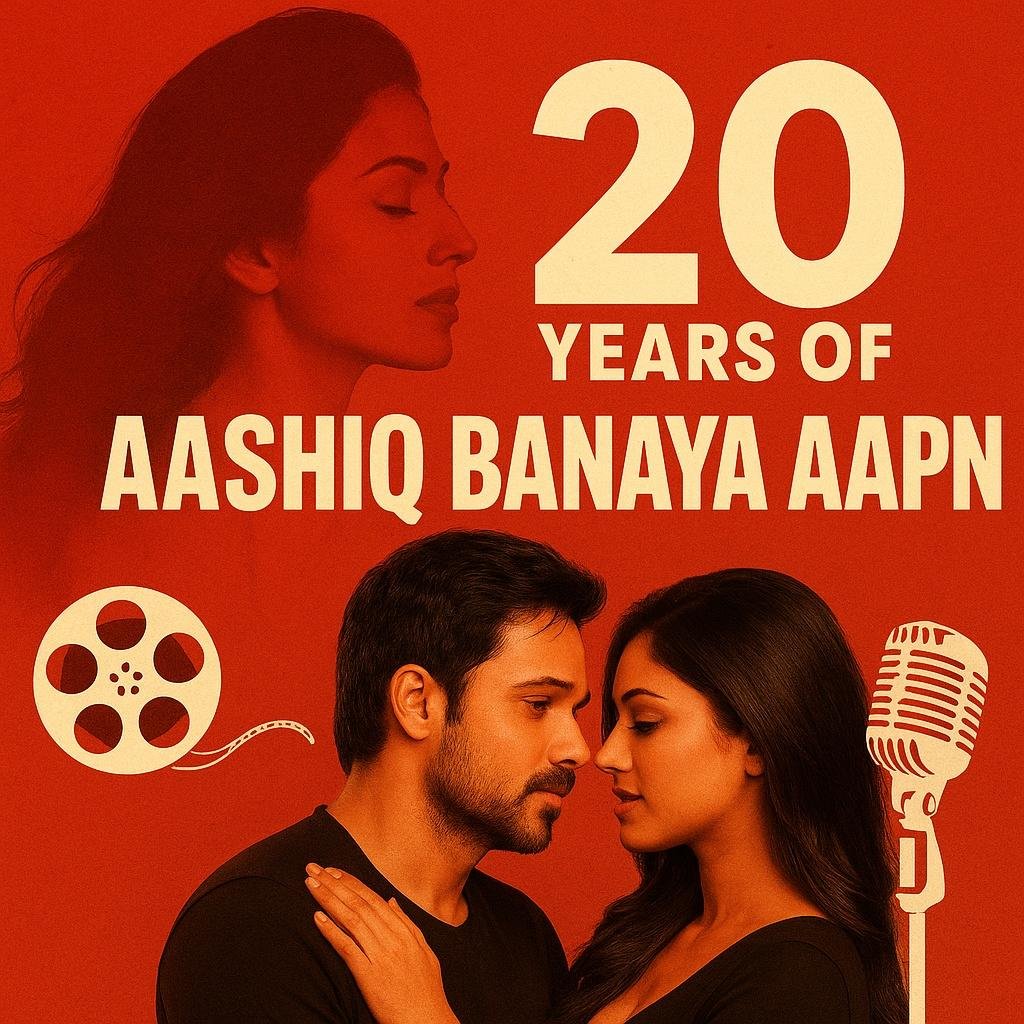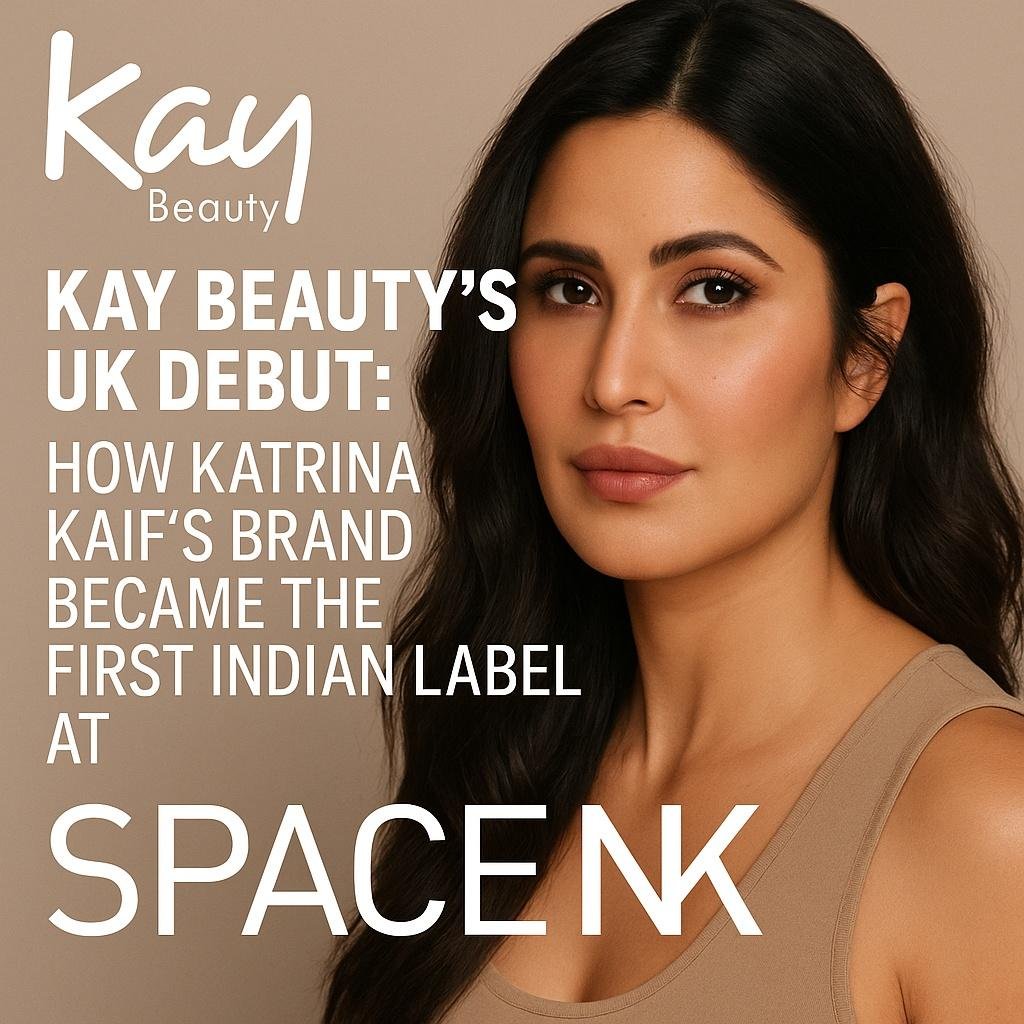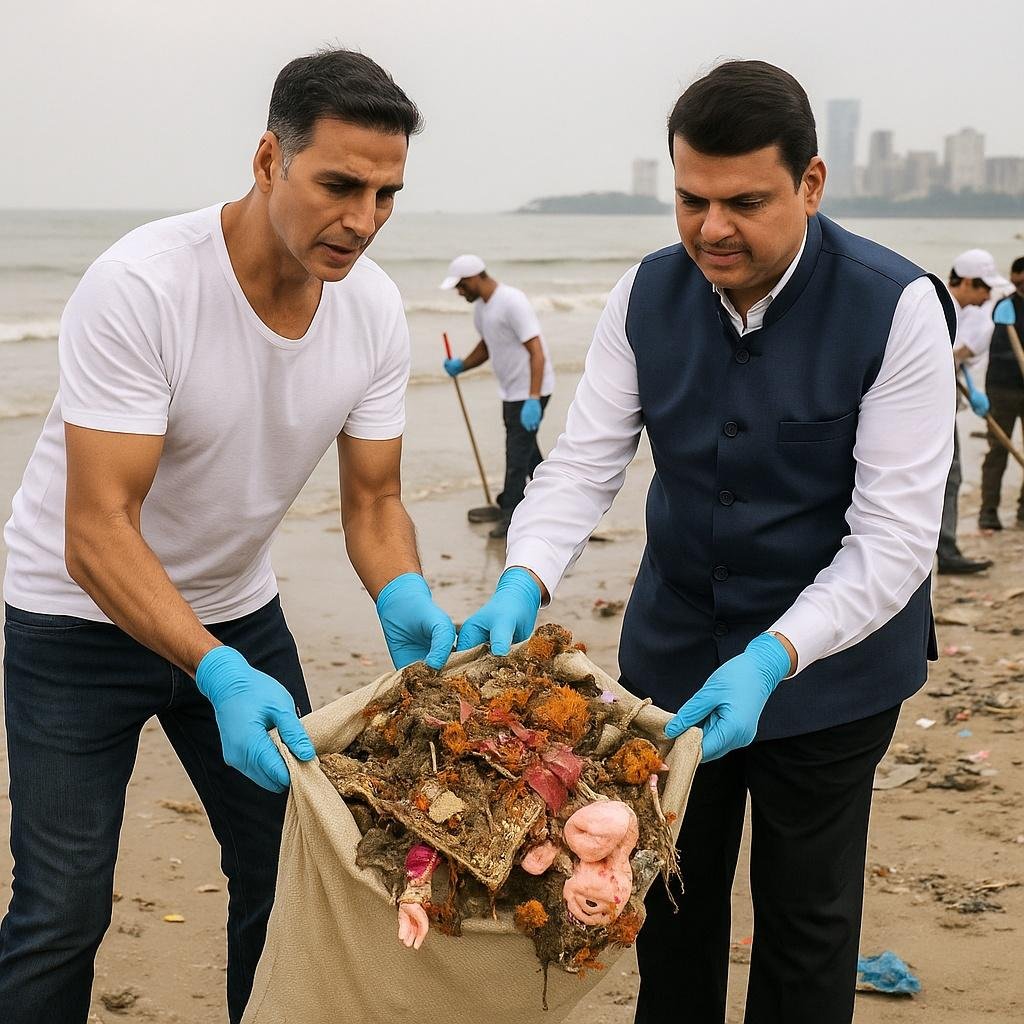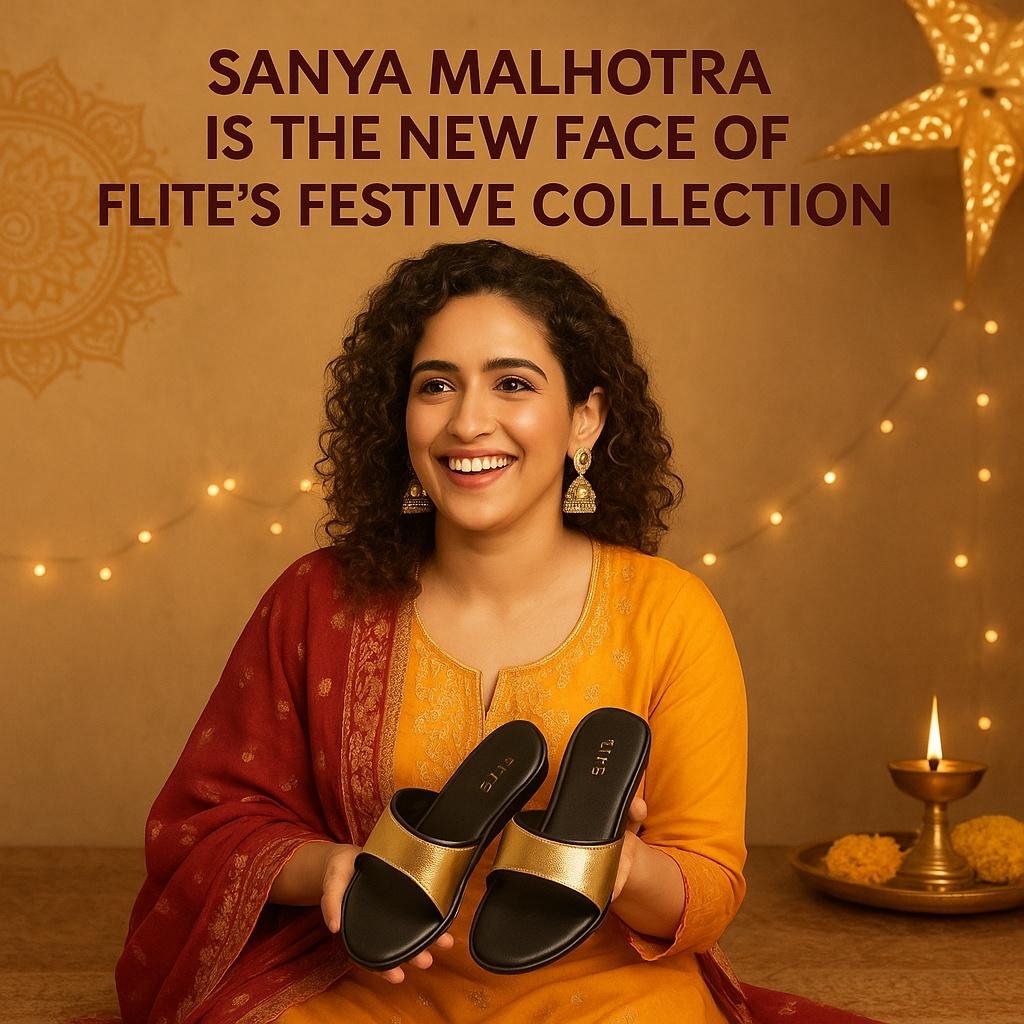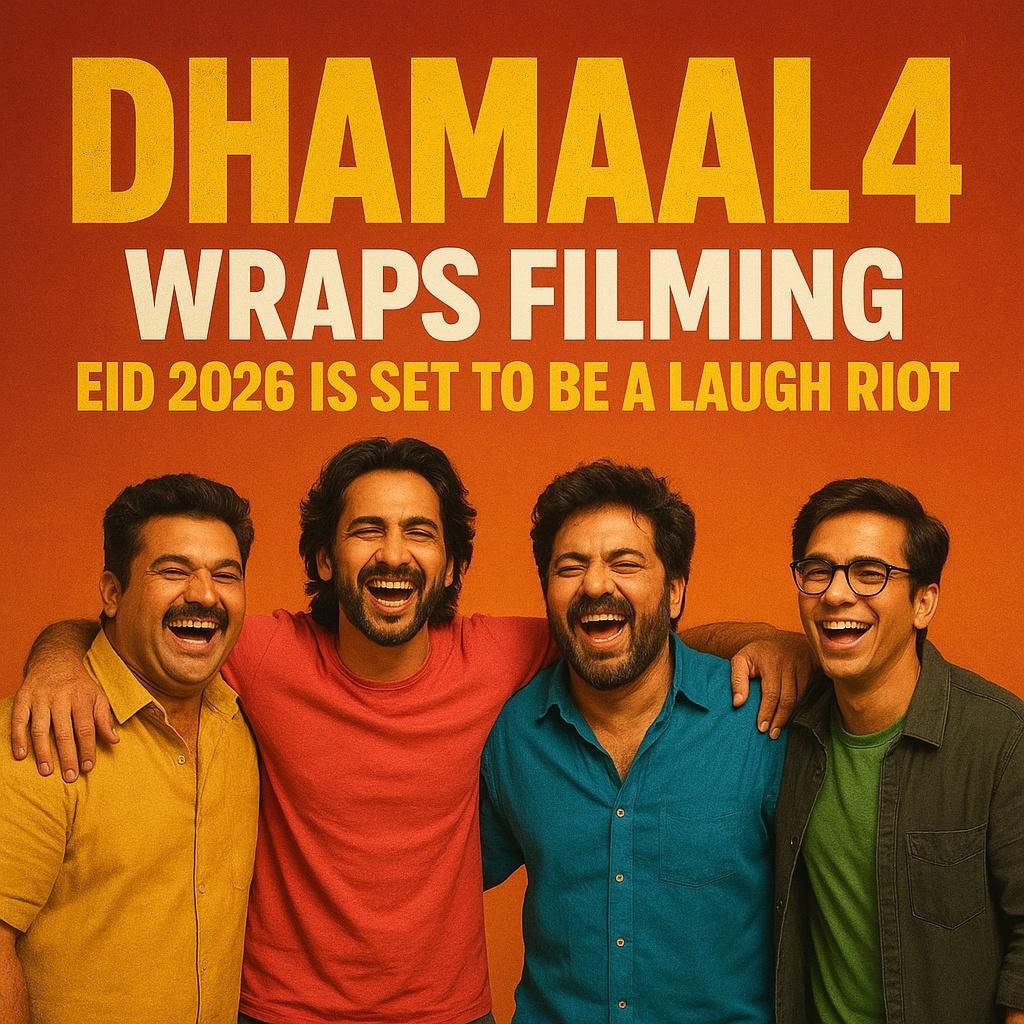Introduction
Two decades after its release on September 2, 2005, Aashiq Banaya Aapne remains a case study in how music, hustle, and timing can turn a modestly budgeted thriller into a cultural moment. The film did not arrive with towering star power or lavish scale.
What it did have: a director in his early twenties who refused to wait his turn, a lead actor who understood the pulse of the audience, and a soundtrack that leapt from speakers into the streets. Looking back at the twentieth anniversary, this is not just the story of a movie. It is the story of a marketing masterclass powered by cassette handouts, a viral teaser, and the single most recognizable earworm of its era.
Rewinding To 2005: A Market Ready For Disruption
The mid-2000s were a transitional period for Hindi film music. CDs were gaining ground but audio cassettes still ruled mass markets. Radio was reclaiming reach. In that ecosystem, the safest path for a new director was to tuck in behind a large banner and wait. Aditya Datt chose the opposite. He set out to build noise from the ground up, knowing that if the music caught fire, the film could ride its wave.
That instinct aligned perfectly with the screen image of Emraan Hashmi, who was carving a niche with high-melody, high-replay soundtracks that stuck like glue. Pairing him with debutant Tanushree Dutta and the ever-dependable Sonu Sood gave the film a triangle with both freshness and friction. The story may have been familiar, but the packaging was hungry, modern, and direct.
The Song That Became A Street Phenomenon
Every era has a track that defines it. In 2005, the title song of Aashiq Banaya Aapne became that anthem. Its hook was simple and hypnotic. The arrangement leaned into dance floor momentum while staying singable for the average listener. The blend of husky male vocals and a supple female line delivered intimacy at volume. Long before streaming algorithms, the song functioned like an algorithm of its own: hear once, hum twice, request thrice.
The result was omnipresence. Rickshaws. College festivals. Wedding baraats. In halls, the track pulled whistles. Outside halls, it pulled crowds. That energy fed back into the film’s marketing loop and kept the conversation alive between the teaser and release.
Guerrilla Marketing With Cassette Handouts
Aditya Datt has often recalled the ground game behind the soundtrack’s spread. There was no waiting for a calendar rollout. Cassettes were physically handed to people who would actually play them in public: the rickshaw drivers and taxi wallahs who turned traffic into traveling radio. This was not a corporate street team. This was a young unit doing the rounds city by city: Hyderabad, Indore, Delhi, Gurugram, Mumbai. The approach was manual, unglamorous, and exactly right for the time.
Why it worked: amplification. An auto with a blaring deck is a moving billboard that speaks the language of the lane. The tactic was not about freebies. It was about curation. Get the cassette into hands that move around and you turn one driver into a hundred listeners by day’s end. The film did not need national coverage on day one. It needed a chain reaction. The cassettes lit the fuse.
The Teaser That Triggered A Windfall
According to Datt, the business turned a corner the day the teaser dropped. The concept cut was lean and provocative. It promised a slick, youthful thriller with a strong musical spine. Within hours, the producer had leveraged that heat to sell all-India rights. The key detail is not simply that the rights sold. It is that they sold quickly and profitably. For a small film, velocity is value.
When a buyer senses that the music is already doing the heavy lifting, the risk premium shrinks. That is how a teaser can tip an entire distribution strategy from cautious to confident. There is also a lesson here in sequencing. The teaser did not arrive into a vacuum. It landed on a bed of street-level awareness the team had already built with the music. So when the video appeared, audiences felt recognition rather than introduction. Recognition is frictionless. Frictionless attention converts.
“Too Young To Back”: The Bias A First-Time Director Must Beat
One of the more revealing parts of the film’s origin story is how many producers hesitated at the earliest stage. The reasoning was rarely about the script. It was about the person presenting it. To many veterans, a twenty-something with limited credits looked like a risk. Datt has said that several potential backers declined on sight, long before a proper conversation. That bias toward seniority is common in any legacy industry. The way through it is proof.
Aashiq Banaya Aapne provided that proof. Not by chasing validation, but by creating momentum. Once the music hit, once the teaser trended, once rights sold, the same ecosystem that had been skeptical became receptive. The takeaway for new creators is clear: never lean only on permission. Build leverage with audience appetite. Nothing quiets a room of doubts like demand.
Casting That Understood The Brief
Emraan Hashmi in the early to mid-2000s had a rare advantage: an effortless link to music-forward storytelling. He could sell a mood with a glance and let a chorus carry the rest. That chemistry with tracks gave Aashiq Banaya Aapne a built-in amplifier. Tanushree Dutta brought a newcomer’s sheen and a camera-ready poise that helped the promos pop. Sonu Sood grounded the triangle with presence and credibility. The trio delivered exactly what the film needed: attraction, tension, and the sense that the next scene might flip loyalties.
On the craft side, the film’s look favored glossy frames and rhythmic cutting that kept time with the soundtrack. You were never far from a musical beat or a plot beat. That pacing was intentional. In a marketplace where music pushed people to theaters, the film had to reward the same audience with scenes that moved at the speed of the song they had fallen for.
Box Office Trajectory: A Punch Above Its Weight
This was not a tentpole. It was a calculated swing that connected. The first weekend rode on curiosity and the title track’s ubiquity. The weekdays stabilized on word of mouth that centered not on story complexity but on vibe, music, and watchability.
By the end of its run, the film had outperformed expectations for its scale. The soundtrack’s sales and replays added an afterlife that kept the brand visible long after the theatrical window. For a smaller production, that is the difference between surviving and succeeding.
The Music Economy Of The Mid-2000s: Why This Sound Worked
What made the Aashiq Banaya Aapne sound so sticky in 2005: accessibility. The melody did not require musical literacy to enjoy. The rhythm carried itself in cramped buses and echoing college corridors. The arrangement embraced synthesizers and percussive loops that felt club-ready but radio-friendly. The vocal texture played into a whisper-to-belt spectrum that listeners could imitate. Listeners who can imitate become evangelists. They do the marketing for you because singing along is participation.
This is also where marketing and composition intersect. A hook line that is short, repeatable, and emotive becomes a public chant. Once the public owns it, the marketing spend per impression falls dramatically. A chorus replaces a commercial. That is exactly what happened here.
The Learning Curve: Success As A Starting Line
In hindsight, Datt frames Aashiq Banaya Aapne not as a victory lap but as a beginning. The film’s release at a young age was a feat in itself, yet it also highlighted how much craft there is to learn after a first success. That humility matters. The industry is full of one-and-done wins that do not translate into careers because the team confuses traction with mastery.
Treating a breakout as a foundation rather than a pinnacle is what allows a filmmaker to grow from instinct to intention. There is a broader creative truth here. Early work is often a collision of courage and naivety. The courage gets you into rooms. The naivety lets you try tactics that a more seasoned mind might dismiss. Handing cassettes to rickshaw drivers sounds quaint today, but in 2005 it was the smartest distribution hack in the room because it aligned perfectly with how ordinary people actually listened to music.
What Today’s Creators Can Steal From Yesterday’s Playbook
The platforms have changed, but the principles have not.
- Build street heat before screen heat: In 2005, that meant cassettes and autos. Today, it means short-form audio, influencer seedings, and turning early listeners into co-marketers. The goal is the same: recognition before the trailer.
- Cut a concept teaser that sells a feeling: The first piece of video does not need answers. It needs appetite. The right teaser accelerates rights sales because buyers are purchasing a mood they believe will travel.
- Cast for chemistry with music: If your story is music-led, pick actors who can live inside a hook. Performance and playback must feel fused, not bolted on.
- Expect bias and prepare proof: If you are young or unproven, assume a credibility tax. Pay it with data: pre-release song streams, shareable moments, and measurable demand.
- Treat the first win like draft zero: Bank the lessons. Upgrade the craft. The audience that discovered you for a song will return for your storytelling if they sense growth.
Legacy: Why The Film Still Matters At 20
Plenty of thrillers released in 2005. Few are discussed in detail today. Aashiq Banaya Aapne endures because it captured a precise intersection of culture and commerce. It proved that a soundtrack can be a film’s primary marketing engine when you aim it at the right listeners.
It showed how a young director could outwork skepticism with audacity and focus. It reminded the industry that scale is not the only route to sensation. Sometimes the fastest way to the national conversation is through the neighborhood speaker.
Conclusion
Twenty years on, Aashiq Banaya Aapne reads like a blueprint written in cassette ink. Start small but think loud. Put the music where life happens. Tease with confidence. Sell on momentum. Learn on the run. The film’s success did not arrive from a single miracle moment. It arrived from a chorus of scrappy decisions that stacked into inevitability.
As new creators chase attention in a crowded, digital-first market, the film’s lesson remains fresh: when you make people hum together, they will walk into the theater together. And once they do, you have earned what every storyteller wants: a shot to prove you are only getting started.
